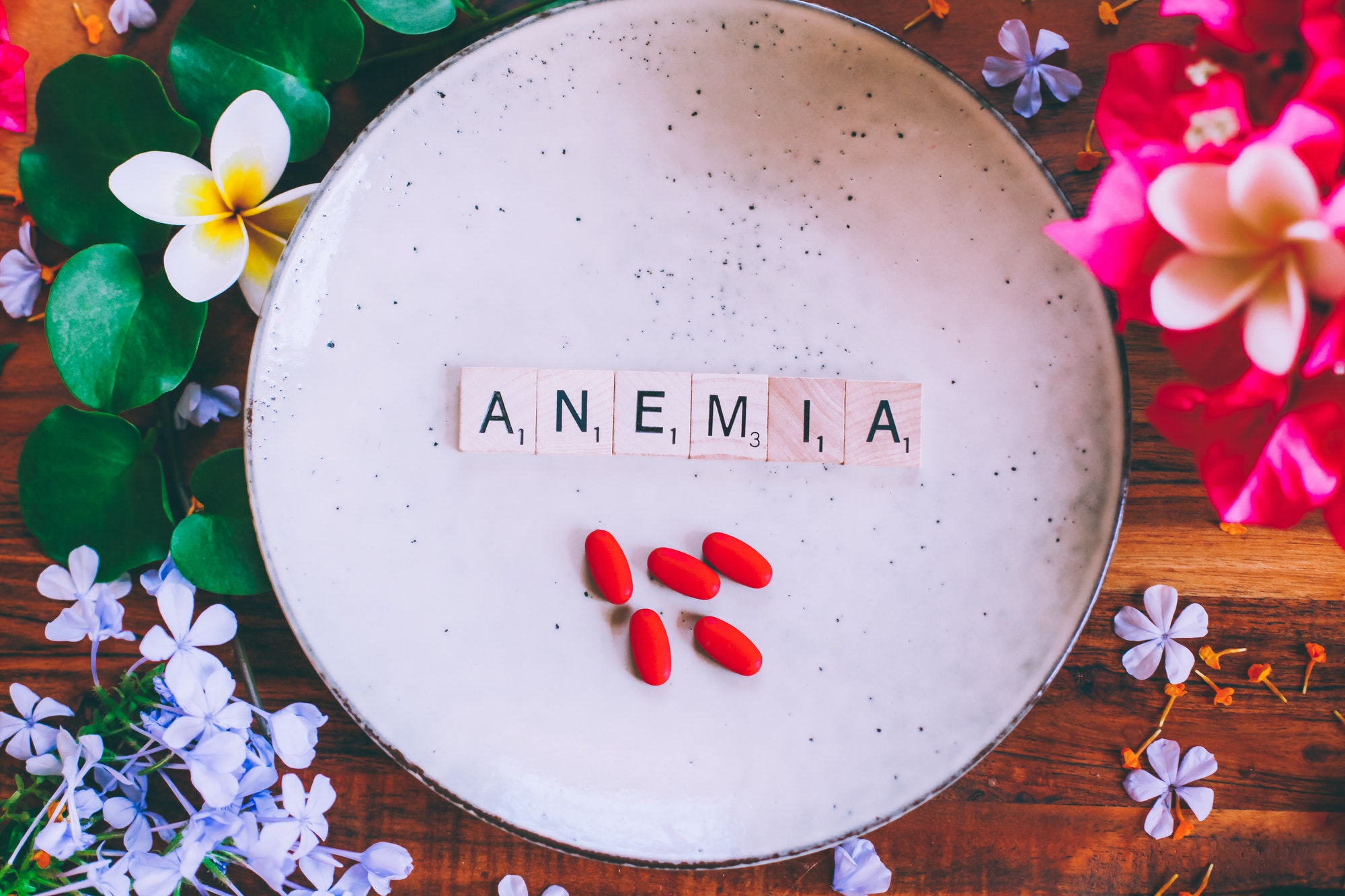Condition Overview
Iron is vital for producing hemoglobin, the protein in red blood cells that carries oxygen to the body’s tissues. IDA can develop when iron intake is too low to meet the body’s needs when the body can’t properly absorb iron, or when there’s excessive blood loss. It affects all age groups but is particularly prevalent among women of reproductive age, pregnant women, and young children.
Iron Deficiency and Cancer Risk in Individuals Over 30
In adults over 30, mainly if there is no apparent cause of iron deficiency (like menstrual bleeding or diet), the occurrence of IDA may prompt healthcare providers to investigate for potential underlying conditions, including gastrointestinal cancers. While IDA in itself is not a direct indicator of cancer, it can be a symptom of a cancer that causes bleeding, such as colorectal cancer. Thus, the likelihood of cancer being present depends on other accompanying symptoms, family history, and findings from further diagnostic evaluations.
Types of Testing for Iron Deficiency Anemia
Diagnosing IDA involves a comprehensive approach that includes:
- Complete Blood Count (CBC): To check levels of red blood cells and hemoglobin.
- Serum Iron and Ferritin Tests: To measure the iron available in the blood and stored in the body.
- Total Iron-Binding Capacity (TIBC): To assess the blood’s capacity to bind with iron.
- Transferrin Saturation: A calculation made from iron and TIBC measurements to determine how much iron is being carried in the blood.
Other testing, such as gastrointestinal bleeding and iron deficiency, may be performed to determine the underlying cause of iron deficiency, such as stool tests like the fecal occult blood test (FOBT).
Urgency of Testing
The degree of symptoms and how they affect day-to-day functioning determine how urgent it is to test for IDA. Early testing and diagnosis are pivotal, especially if there are risk factors for more serious underlying conditions, such as gastrointestinal bleeding or cancer, particularly in individuals over 30 with unexplained anemia. Prompt diagnosis allows for timely treatment, which can mitigate symptoms, improve quality of life, and address the root cause of the deficiency.
After Testing: Next Steps
Post-diagnosis treatment typically involves iron supplementation to restore iron levels, alongside dietary advice to increase iron intake. If IDA is due to blood loss, for instance, from a gastrointestinal source, further investigations are required to identify and treat the underlying cause.
Causes of Positive FOBT and Iron Deficiency Anemia
A positive FOBT indicates the presence of blood in the stool, which isn’t visible to the naked eye. This can be caused by:
- Gastrointestinal bleeding: From ulcers, cancers, hemorrhoids, or inflammatory bowel disease (IBD).
- Dietary factors: Certain foods and medications can lead to a false-positive result.
Given the broad range of potential causes for a positive FOBT and IDA, especially in individuals over 30, healthcare professionals often proceed with a thorough evaluation to pinpoint the exact cause, which may include endoscopic procedures like a colonoscopy or a gastroscopy.
In conclusion, while iron deficiency anemia is a common condition that can usually be effectively treated with iron supplementation and dietary changes, its presence, especially in adults over 30, warrants careful evaluation for underlying conditions, including cancer. Early detection and treatment are important for managing IDA and preventing potential complications from its underlying causes.




